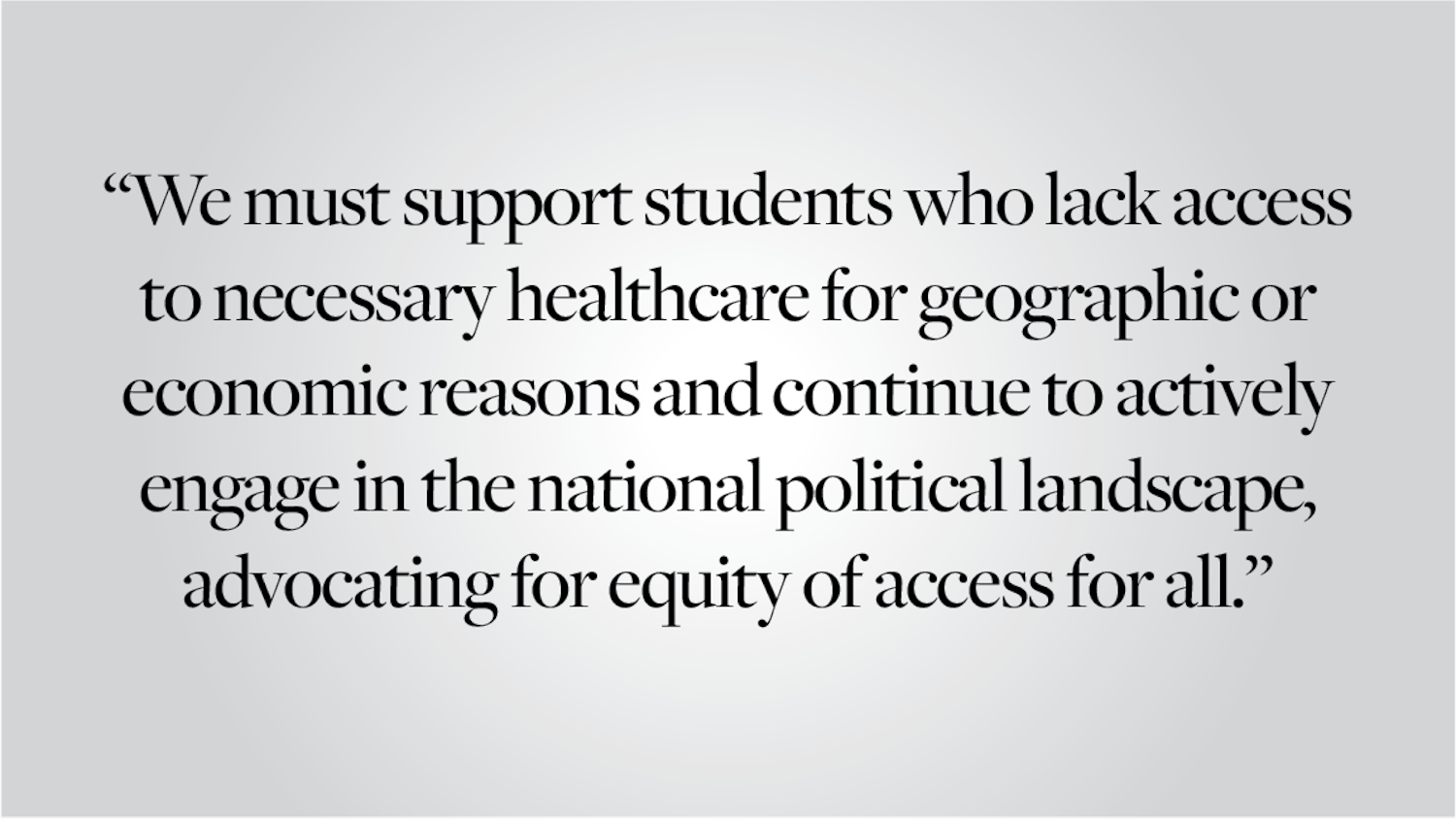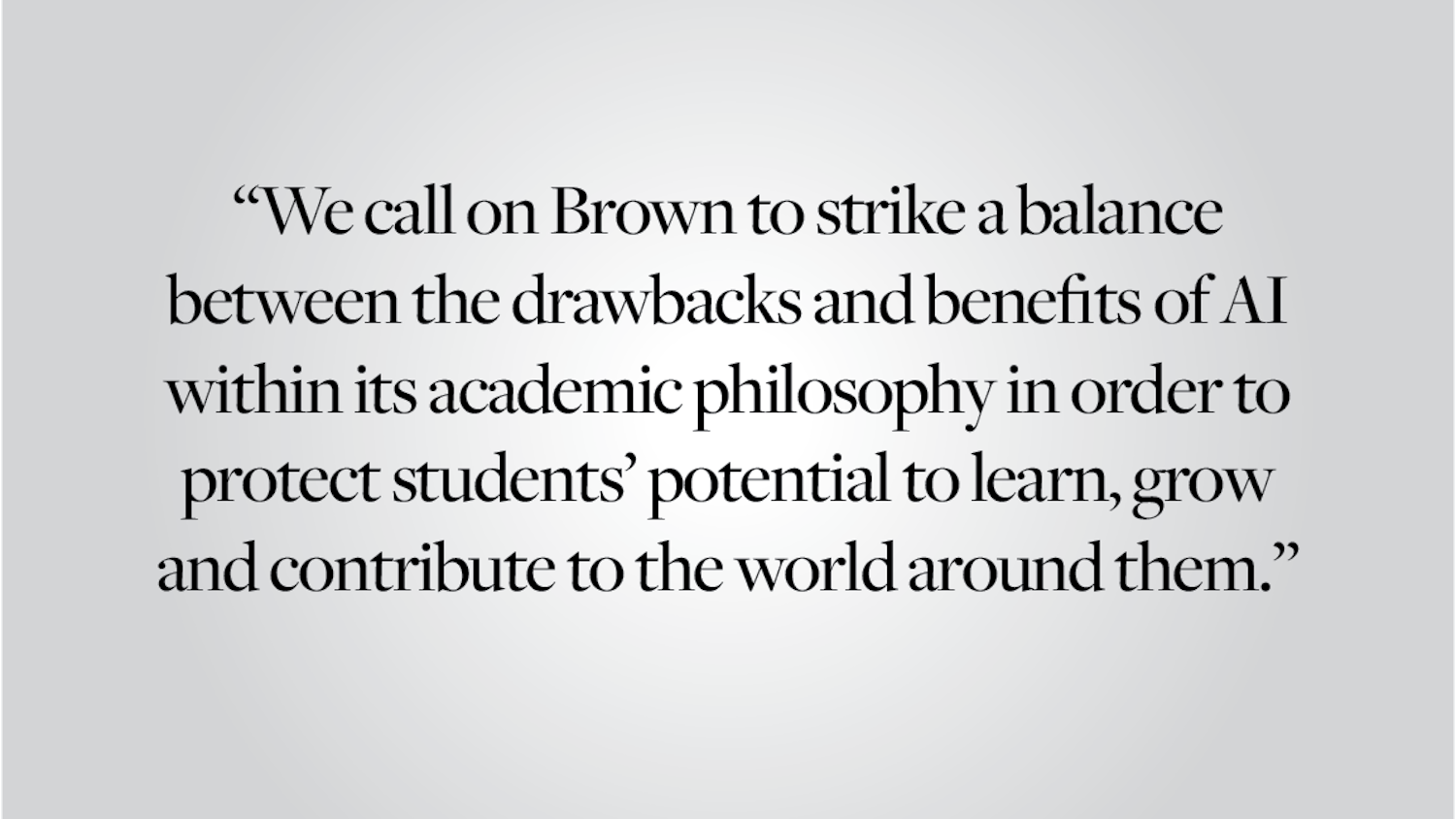We applaud the University for expanding ROTC options by forming two new partnerships that will let students participate in the Naval and Air Force Reserve Officers’ Training Corps next semester. Before this expansion, Brown students only had the option of participating in an Army ROTC partnership with Providence College, and Brown and Dartmouth were the only Ivy League schools to not give students an option for participating in Navy and Air Force ROTC programs .
By increasing the number and types of such programs available to students, Brown has found a way to honor its 1969 resolution to not have its own program while augmenting partnerships with other institutions. Hopefully, the two new partnerships will attract more ROTC students — there are currently only four. Joining ROTC programs is a great way for students who want enter the military to prepare for this career path without sacrificing a good college education.
This expansion is also beneficial for the student body as a whole. An increase in students interested in the ROTC would likely diversify the student body politically. Members of the United States military tend to be more conservative than average Americans. In a 2013 poll conducted by Military Times, approximately 41 percent of military personnel identified as “conservative” or “very conservative.” Furthermore, a 2009 survey of 4,000 Army officers found that between 1976 and 1996, the percentage of senior military officers identifying as Republican increased from one-third to two-thirds, while the percentage of those identifying as moderates decreased from 46 percent to 22 percent.
Therefore, students who enter ROTC programs could be more likely to hold conservative viewpoints than other students. There is no denying that Brown is a liberal campus: According to The Herald’s spring 2015 poll, 58.5 percent of students consider themselves somewhat to very liberal on fiscal issues, and 83.9 percent consider themselves liberal on social issues. While Brown’s progressive history is a point of pride for many students, increasing the number of students with more conservative leanings would only diversify the discourse on campus. Students would gain more opportunities to learn from each other’s differences.
Additionally, more students participating in ROTC programs would healthily challenge the way many Brown students think of the military. In left-leaning intellectual spaces like our campus, it is easy to conceptualize the military in theoretical terms. But outside of the bubble that encapsulates liberal institutions like Brown, the military is an important entity: 7.3 percent of all Americans have served in the military at some point in their lives. As Karen McNeil, program director of the Office of Student Veterans and Commissioning Programs at Brown, told The Herald, interaction with ROTC students could remind Brown students that people who choose to go into the military are just “normal people,” which would in turn help the ROTC students who already attend Brown feel less “singled out.”
Brown’s expansion of ROTC options is not a drastic move. The University is not bringing an ROTC program to campus — it is simply providing more opportunities for students who want to get involved. Hopefully, this will attract more military-minded students to pursue an education at Brown and create a more supportive environment for the few who already are.
Editorials are written by The Herald’s editorial page board: Emma Axelrod ’18, Eben Blake ’17 and Aranshi Kumar ’17. Send comments to editorials@browndailyherald.com.




